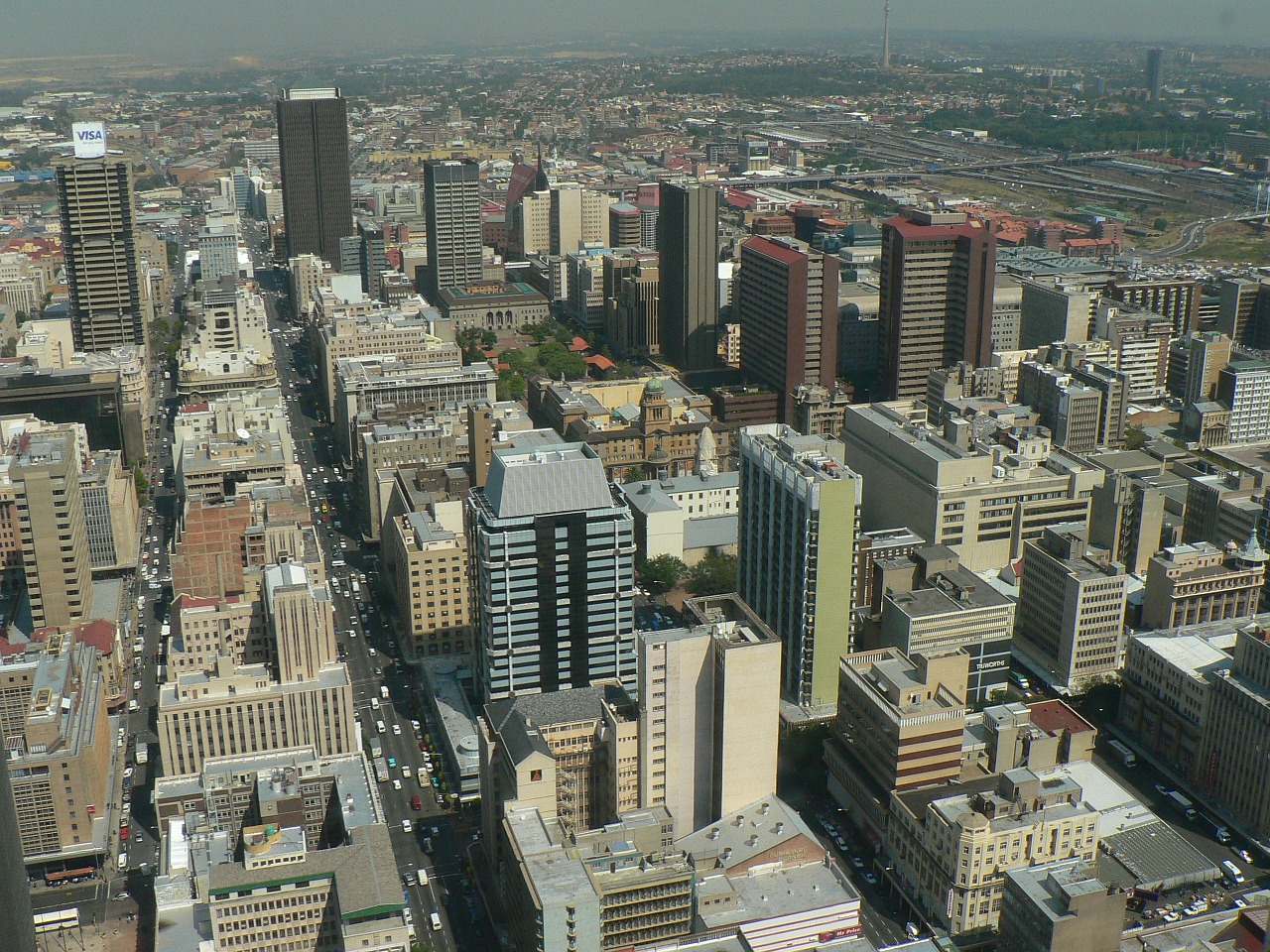Rating agency Standard & Poor’s (S&P) has cut South Africa’s foreign currency rating to sub-investment grade status. Two other global ratings agencies, Fitch and Moody’s, may well follow suit. The Conversation Africa’s editor Caroline Southey asked Professor Adrian Saville to explain the significance of the decision.
How serious is this?
Ratings downgrades are a clear signal to policymakers, investors, business and society more broadly that things are not on track. Although S&P’s decision to downgrade South Africa was only announced on Monday night after President Jacob Zuma’s disastrous cabinet reshuffle, it’s probably fair to argue that the decision was already in the price and that it has been there for some time.
To substantiate this claim, South African government bond yields have been priced similarly to the likes of Brazil and Russia for the best part of a year. Indeed, based on economic growth projections alone, South Africa has been failing S&P’s acid test for investment grade status for some time.
If anything, then, the decision to downgrade South Africa is overdue. In the same breath, even though S&P has expressed growing concern about politics getting in the way of policy, strength in institutional fabric and policy consistency has given the country a stay of execution. All of this was put paid to by Zuma’s night of the long knives.
If anything, then, the ratings downgrade is confirmation of what’s been suspected for some time – that South Africa has lost its way from an economic perspective and that the country has also entered the political wilderness. It’s also worth suggesting that there’s a good possibility that S&P’s decision will galvanise the other two ratings agencies into taking a firmer – and less forgiving – stance on South Africa.
What is the real impact going to be on ordinary South Africans, particularly poor people? In the short term and in the medium term.
Arguably the immediate impact will be negligible. The sell-off in the rand, government bonds and banks are felt and seen in capital markets before they spill into the real economy.
But within a month the weaker currency could translate into higher fuel prices at the pump and this will quickly affect household budgets and business margins.
The impact will start to be felt more dramatically in about six months’ time. Exports and imports make up about a third of South Africa’s economic output. Its imports are price inelastic, meaning we take the prices that are given to us. Consequently, about one third of the economy will be subject to the effects of fairly rigid import price inflation. This will take about six months to pass into the economy. A back of the envelope calculation points to consumer price inflation being raised by as much as three percentage points, from a base of, say, 5% to as high as 8% (this is calculated by a rand decline of 10% multiplied by 30% of South African prices being imported).
Impact of junk status to ordinary South African. pic.twitter.com/hkHKnJe6S5
— TREASURY.GOV.ZA (@TreasuryRSA) April 4, 2017
In the same breath, and perversely, we could also see a near-term boost to some economic segments, especially export-oriented sectors, such as commodity producers and tourism. In time, though, the South African Reserve Bank will be obliged to raise interest rates to deal with higher consumer price inflation.
What other negative economic consequences can the country expect?
From these sequence of events, it follows that, in time, the ratings downgrade is followed by slower economic growth, higher consumer price inflation and higher interest rates. The combination of these factors is called stagflation. This environment is a poor outcome that will hold back economic progress and social transformation.
Of course, it would be naive to argue that this is entirely due to the ratings agencies’ call. Rather, this poor economic outcome was already on the cards. To explain, it’s important to recognise that the ratings agencies don’t have access to more or better information than the market at large and that their calls don’t drive market movements. Rather, their decisions tend to lag rather than lead the markets, and in this way, generally confirm what we already know.
South Africa’s foreign currency debt now has sub-investment grade status, but not its domestic currency debt. Is this significant?
At least two rating agencies must agree on sub-investment grade status and the rating must apply to local currency debt for a country to be ejected from the key global government bond index. The sub-investment status attributed to South Africa immediately after the S&P call means that only one agency has rated the country sub-investment grade and this is on foreign currency debt.
This is not to say that the other shoe won’t fall. As things stand, it seems that is only a matter of time before the other agencies join S&P and that the call also extends to include local currency debt.
What remedies could government apply now if it wanted to?
By some measures, South Africa has been off the pace but not in bad shape. The fiscal deficit stands at about 3.5% of gross domestic product (GDP) and general government debt is just over 50% of GDP. Neither of these numbers is alarming. Even if we extend the debt net to include all “off balance sheet” obligations – especially via state-owned enterprises – South Africa’s state balance sheet and income statement are still in fair shape.
The real issues are the missing economic growth, entrenched unemployment, hopelessly skewed income distribution and urgently needed industrial invigoration. Under a debt downgrade the ability to repair each of these is compromised. Which means that the challenge rests not just in reestablishing robust policy, but also translating this into practice.
This will require the country to address the veil of uncertainty that shrouds political leadership and that’s left a jaundiced view on decisions that are key to the country’s well being. On this score, the evidence shows that countries that “get the message and get to work” can regain investment grade status fairly quickly – on average about three years.
Those that dither take three times as long – the best part of a decade – to regain investment grade status. Since 2010 Brazil, Croatia, Cyprus, Greece, Hungary, Portugal, Tunisia and Russia have been downgraded to sub-investment grade and none has yet recovered investment grade status.
Critically, a point that should not be lost is that as much as the ratings call is by an external agency, the repair required is domestic, and includes public and private sector facets. For instance, in all cases where countries have regained investment grade status quickly, have displayed two common attributes: The first is high private sector savings rates fuelling high domestic investment levels. The second is sound monetary policy that has been effective in managing the risk of consumer price inflation running away during the recovery.
South Africa has its work cut out for it. The ratings agency decision is not news. It’s a wake-up call.
 Adrian Saville does not work for, consult, own shares in or receive funding from any company or organisation that would benefit from this article, and has disclosed no relevant affiliations beyond the academic appointment above.
Adrian Saville does not work for, consult, own shares in or receive funding from any company or organisation that would benefit from this article, and has disclosed no relevant affiliations beyond the academic appointment above.



 Europe Confronts Rising Competitive Pressure as China Accelerates Export-Led Growth
Europe Confronts Rising Competitive Pressure as China Accelerates Export-Led Growth  Austria’s AA Credit Rating Affirmed as Fitch Highlights Stable Outlook
Austria’s AA Credit Rating Affirmed as Fitch Highlights Stable Outlook  Asia’s IPO Market Set for Strong Growth as China and India Drive Investor Diversification
Asia’s IPO Market Set for Strong Growth as China and India Drive Investor Diversification  Fed Near Neutral Signals Caution Ahead, Shifting Focus to Fixed Income in 2026
Fed Near Neutral Signals Caution Ahead, Shifting Focus to Fixed Income in 2026  ETH Whales on Rampage: BitMine Snags 138K ETH as $3,000 Holds Firm – Bulls Gear Up for $4,000 Moonshot
ETH Whales on Rampage: BitMine Snags 138K ETH as $3,000 Holds Firm – Bulls Gear Up for $4,000 Moonshot  Evercore Reaffirms Alphabet’s Search Dominance as AI Competition Intensifies
Evercore Reaffirms Alphabet’s Search Dominance as AI Competition Intensifies 
































